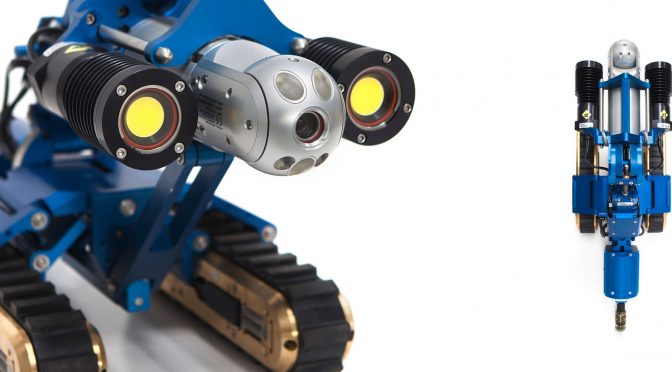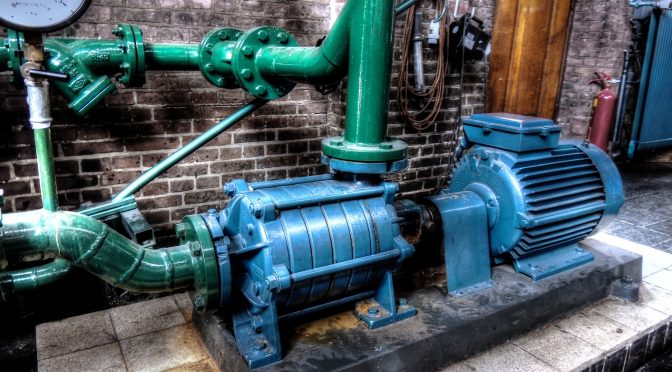Perth, WA, Australia, 2018-Sep-18 — /EPR Network/ — A laser alignment system eliminates all the guesswork and unknowns associated with traditional measurement systems like dial gauges, straight edge methods and co-ordinate measurement machines (CMMs).
But their advantages stretch way beyond just the quality of the results that they deliver. Here are 10 of the top reasons why your operation should switch to precision laser alignment.
- PINPOINT ACCURACY. Unlike other systems, a laser tool can measure down to 0.001mm, even over long distances. The laser beam is always 100% straight and what’s more, laser systems automatically calculate for shims and adjustments values, so the results are always accurate. Unlike older technologies where accuracy may also be compromised because of reading errors, sticky dial hands and low resolutions, laser tools have extremely high resolutions for pinpoint accuracy.
- QUICK AND EASY SET UP AND FASTER RESULTS. The equipment is lightweight and easy to learn as well as use which means much shorter set-up times, preparation and measurements. It can also measure three axis directions in a fraction of a second, which results in further time-savings.
- MORE RELIABLE. Because lasers eliminate the possibility of human error and inconsistency, they’re more reliable and precise than any other method. Repeatability is another significant benefit and regardless of who is using the equipment and taking the measurements, the laser equipment will always deliver the same consistent results.
- ELIMINATES HARDWARE SAG. When a dial gauge is used, there is always a risk of some of the fixtures sagging which can compromise the accuracy of the displayed value. With a laser tool however, there is nothing to worry about with regards to fixtures dropping or sagging.
- SAVE BOTH MONEY AND TIME
Faster set-up and operation coupled with the absolute precision of the results mean a laser tool can easily pay for itself in a matter of months. - SOFT FOOT – HARD RESULTS. Machine frame distortion and soft foot issues can be problematic but unlike a dial gauge which only tells half the story, a laser alignment tool provides a true representation of what’s going at the feet of the rotating machinery as well as what’s happening with the movement between the axes of the shafts being aligned.
- VERSATILE. A quality laser alignment system does more than just measure alignment. These versatile tools enable optimum equipment set-up and operation, measuring base flatness, twist, squareness, bearing condition, spindle direction and straightness amongst others.
- ABILITY TO MEASURE WITH A SMALL SHAFT ROTATION. Measuring with a traditional dial gauge can require a rotation anywhere between 1800 and 3600. However, a laser alignment tool can take a complete measurement with a much smaller shaft rotation, sometimes as little as 400 which is advantageous especially when machine parts prohibit a full rotation.
- ENHANCED DATA MANAGEMENT. Advanced software solutions bring data management to a new level. PDF reports can be generated directly from the instrument, results can be examined in real time and the information can be integrated with an existing software system for record-keeping and reference purposes.
- REDUCED ENERGY CONSUMPTION. Half of all machine failures are caused by alignment errors, so it is critical that errors are identified and removed as early as possible – or better still, are prevented from happening in the first place. When machinery is well-aligned and running smoothly, it will consume less energy than a poorly-aligned one which is another compelling reason for choosing fast, accurate and reliable laser alignment technology.
Given that laser alignment tools are simple to learn, easy to use, highly accurate and deliver a wide range of benefits, there’s no need to continue using complicated dial gauges and other older technologies which may be compromising the efficiency of your rotating machinery as well as compromising your bottom-line.
Nexxis has worked with many customers across a diverse range of industries to develop customised solutions for their particular alignment requirements. Deciding to go for laser technology is a major step towards more efficient, cost-effective and productive machinery, but it’s critical that the tool – or combination of tools and accessories – that you choose are right for your unique needs in terms of cost, functionality and relevance to the application.
For expert, practical advice on a tailored solution, please contact Nexxis at nexxis.com.au to see their extensive range of quality technical equipment including world-class laser alignment products from Easy Laser and Rotalign.
Via EPR Network
More Industrial press releases



